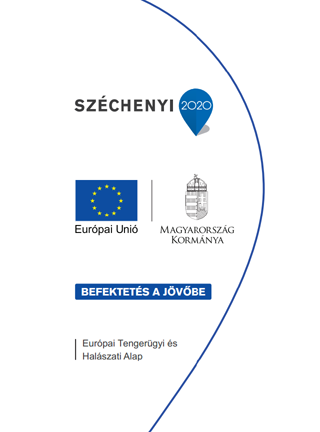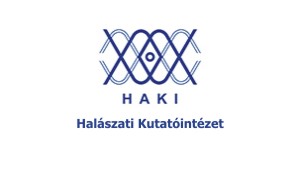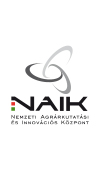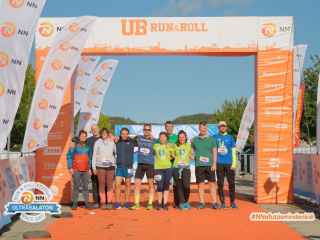
Recent refinements of pikeperch artificial reproduction methodology at NAIK HAKI
Uroš Ljubobratović1, Géza Péter1, Zoltán Horváth2, Ferenc Demény1, András Rónyai1
1NAIK Research Institute for Fisheries and Aquaculture, H-5540 Szarvas, Anna-liget u. 35.
2H&H Carpio, H-7814 Ócsárd, Kossuth u. 7.
Abstract
The main aim of the research was to improve the method in such way to bring it closer to farmers’ possibilities, thus at the same time to be practical and successful. In order to estimate the ovulation day, monitoring of final oocyte maturation is being done on a daily basis. Main improvement which made this methodology applicable is the suture of genital papilla in order to prevent spontaneous ovulation, what was the most critical point of the whole procedure. Further on, in order to reduce the chance of over ripening of ovulated eggs and with it reduce the frequency of ovulations checks and fish handling, the work on hormonal preparation and ovulation temperature took its share in the research. Therefore, instead of earlier used gonadotropins, we are presently using salmon gonadoliberin analogue, in forms of single injection, or in form of priming and resolving injection. Likewise, instead of earlier used temperatures of 14-16 °C, presently we are expecting ovulations on 10-12 °C. These improvements lead to significant reduction of the labour, finally performing ovulation checks every 6 hours. Instead of stripping and collecting in syringe, presently we are collecting milt with catheter avoiding possible contamination with urine, on such way improving the sperm quality and fertilisation success. Finally, we developed rather simple and reliable egg de-adhesion method with milk and kaolin which leads to high embryo survival and rather natural way of hatching. Using our own feed-eating broodstock, our methods are producing reproductive success of 40-80% larvae from dry eggs amount during the period from January to mid-April. Since this year we are working on the synchronisation of ovulation using priming on the low temperatures and first trials are pointing to the highly promising procedure. Our recent new research field is spawning induction in totally controlled conditions, which should be main topic in the following period.
Programajánló
Hírek
Tisztelt Látogatók!
A hazai agrár-felsőoktatás szükséges megújulásának mérföldköve az alapítványi fenntartású Magyar Agrár- és Élettudományi Egyetem (MATE) létrejötte, amely 2021. február 1-től 5 campuson, több mint 13 ezer hallgató számára fogja össze a dunántúli és közép-magyarországi élettudományi és kapcsolódó képzéseket. Az intézményhez csatlakozik a Nemzeti Agrárkutatási és Innovációs Központ (NAIK) 11 kutatóintézete is, így az új intézmény nem csupán egy oktatási intézmény lesz, hanem az ágazat szellemi, szakpolitikai és innovációs központjává válik, amely nagyobb mozgásteret biztosít a képzések, a gazdálkodás és szervezet modernizálásához, fejlesztéséhez. Az összeolvadással magasabb fokozatra kapcsolunk, a kutatói és egyetemi szféra szorosabban fonódik majd össze, aminek következtében még több érdekes, izgalmas kutatás-fejlesztés születhet majd az agrárium területén.
Kérjük, kövesse tevékenységünket a jövőben is a www.uni-mate.hu honlapon!
A szokásostól eltérően az idei évben ősszel, október 03-04 között került megrendezésre az Ultrabalaton csapatversenye. NAIK-os csapat az idei évben állt először rajthoz a 14. alkalommal kiírt versenyen.


